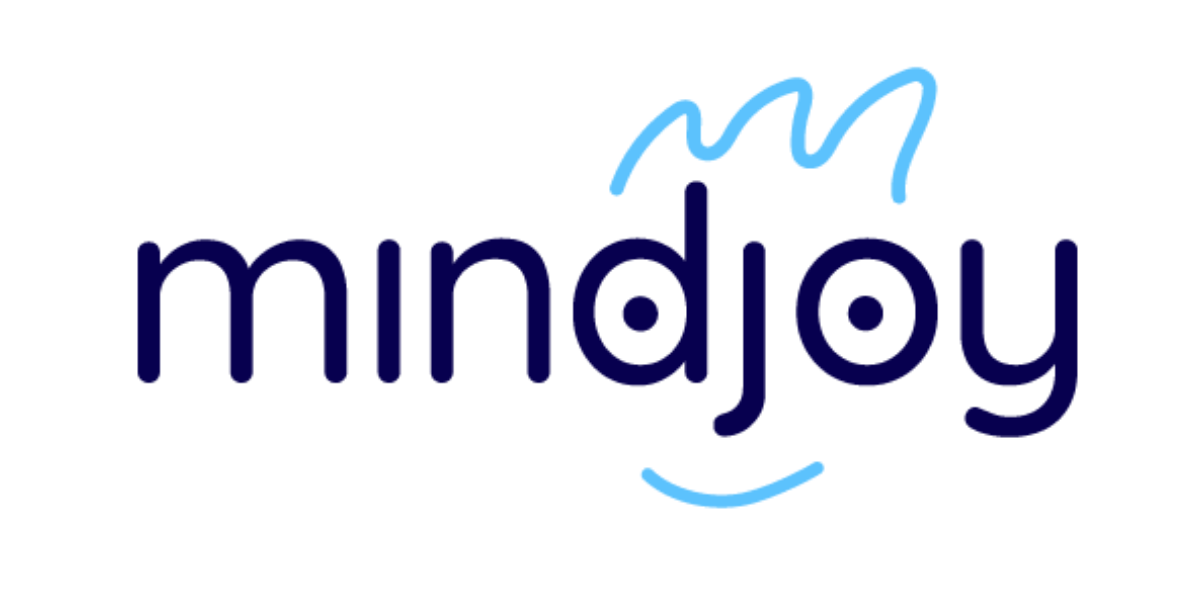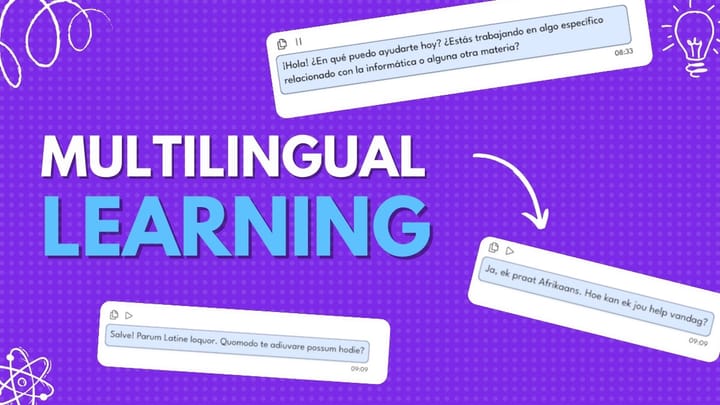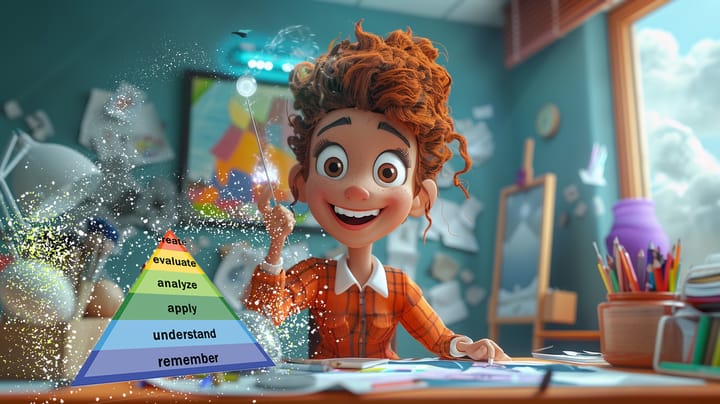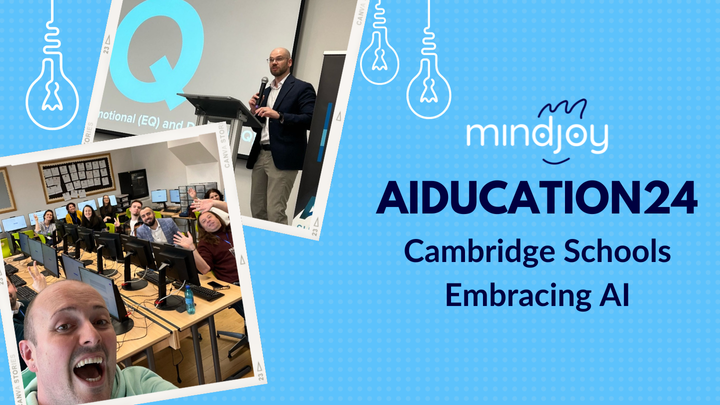4 key steps to helping educators adapt to AI
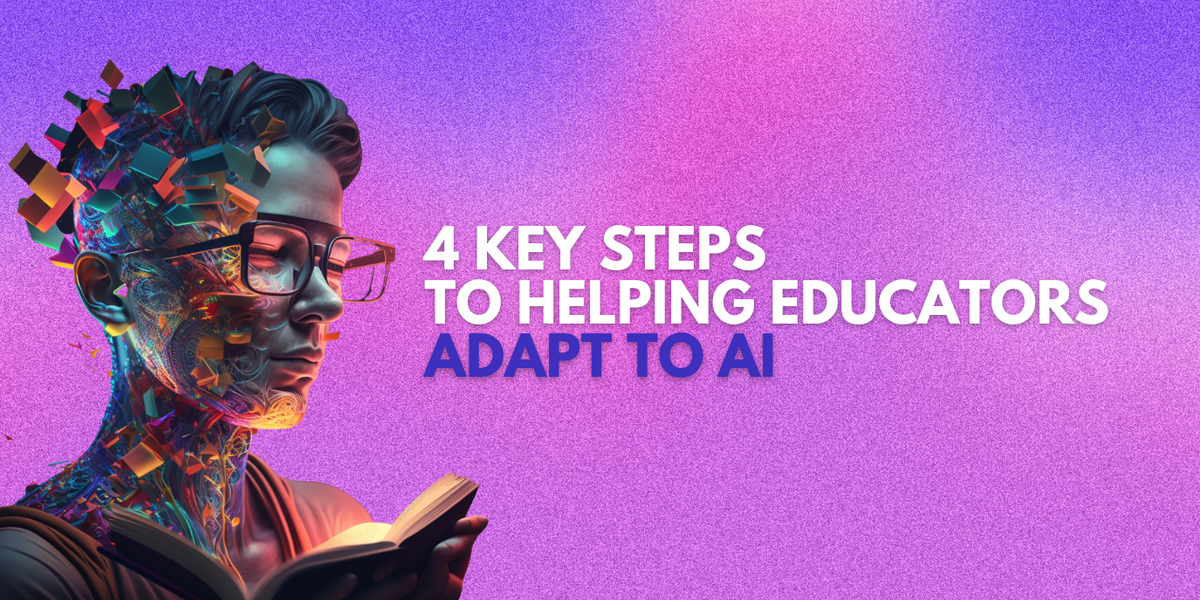
Each week seems to come with a new update in tech and AI. With a world of admin, sports events, cultural activities and the admirable task of educating the next generation, it’s no surprise that schools and educators are finding it hard to keep up.
About 10 months before ChatGPT was even a buzzword, Mindjoy was encountering a lot of curiosity from learners about AI. In our virtual coding classes, learners as young as 6 were curious - they were seeing it in the games they play, hearing about “TikTok’s algorithms” and all of them wanted to know what it is, how it works and what it meant for their future (”Will computers be able to think for themselves?” and “Will we all have implanted brain chips?” were also questions we frequently heard).
We went on a mission to help young learners make sense of AI and why it is important for them to not only know about it but learn how to use it in ethical and responsible ways. We spread this message in schools across South Africa, Kenya and the Netherlands, reaching more than 3500 learners.
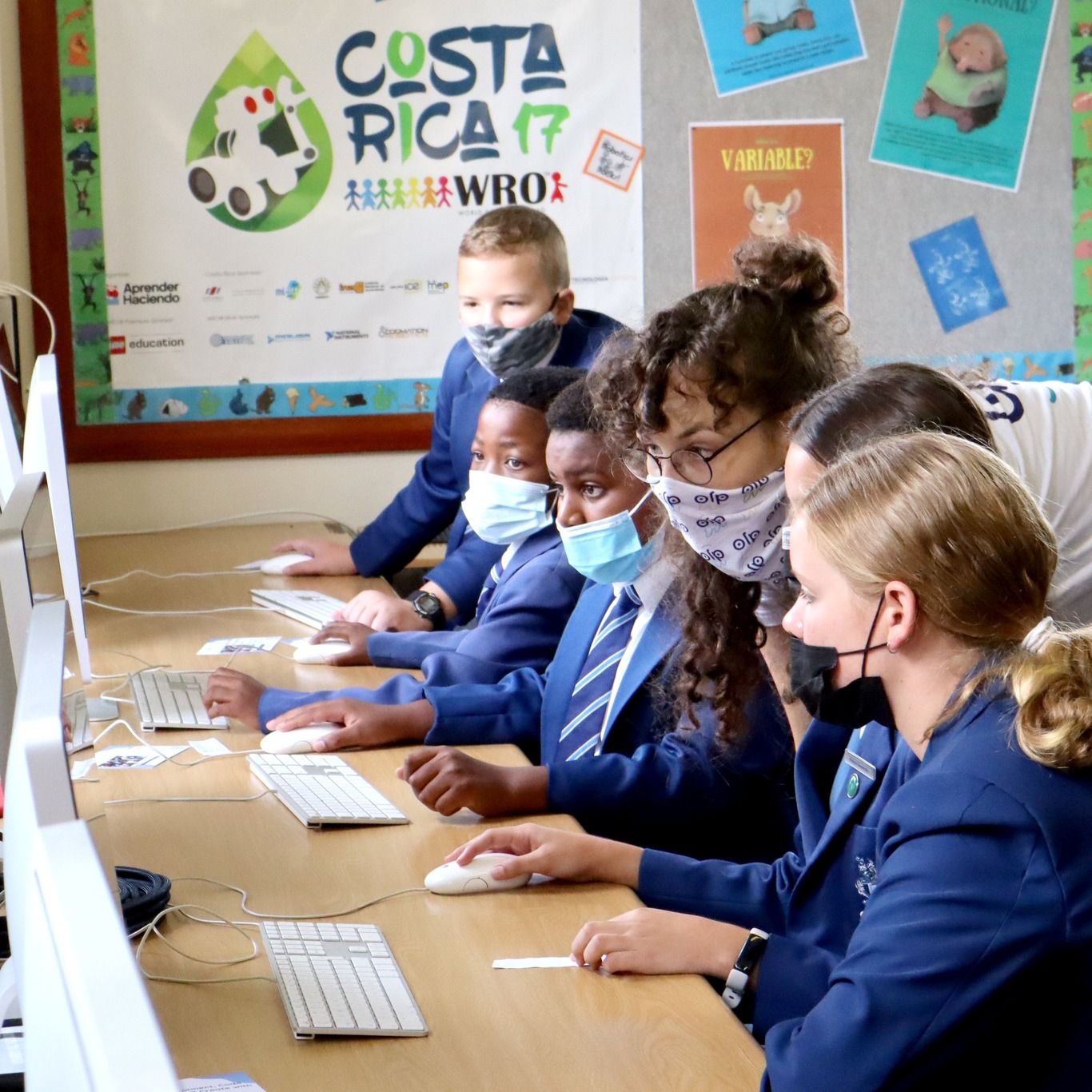
Because we were already working with GPT-3 (the language model that ChatGPT was built from) last year, we saw firsthand how the technology evolved. In fact, we knew the tech was going to evolve, but even we didn’t expect it to grow this fast.
This rapid change is perhaps partly responsible for the fear and uncertainty that a lot of educators and schools have when it comes to AI.
🤔 To use AI or not?
“AI is a double-edged sword for teachers. They desperately need automation to save them precious time, but simultaneously, they will be very skeptical of AI until it is mainstream and proven to be a credible assistant,” said one teacher, the Head of Innovation Technology at a school in Washington D.C.
Even if schools don’t want to embrace AI, the truth is, it’s already transforming classrooms everywhere. Without needing formal training from anyone, students around the world are using tools like ChatGPT to support them with their learning.
This tech will continue to influence how we work, play and engage with each other. The cost of not participating in the AI conversation - of banning or ignoring it - is far greater than navigating the uncertainty of change.
Of course, this is easier said than done.
“These tools are great but I’m just not sure my school principal will be on board with this,” said another educator from a school in Cape Town, “there are still risks and it will take a while to shift old mindsets.”
From our conversations with educators from around the world, it’s clear that navigating rapid technologic changes can be hard at a system-wide level:
- Policies need to be put in place to protect learners, build community agreements and ensure that any use of AI is aligned with school ethos... The problem is not all teachers are techies, all of them are already swamped with admin, and because the industry is changing so quickly, most don’t know where to even begin.
- Many teachers are still learning how to integrate technology into their classrooms and use digital tools effectively. This means that a majority already feel inundated with change and have resistance to learning new tools. AI, as a foreign and seemingly intangible concept, feels completely overwhelming to many. Shifting these mindsets is proving hard, even for the most innovative schools.
- There is a lot of concern about plagiarism and learners using AI to cheat or submit work that is not their own. Without any full-proof or reliable solutions to this yet, the impetus is simply to ignore or ban it from the classrooms.
These are valid concerns and big problems to solve.
So if sitting on the sidelines isn’t possible, but the inevitable rapid changes are difficult to keep up with and integrate, what is feasible for schools? How can schools stay on the pulse and keep teachers up to date when these changes are happening so quickly?
💡When there is no instruction manual: start with curiosity
Since there is no rule book or visible roadmap with AI, the only real way to learn is through trial and error. The most important thing is for schools to engage in the conversation - to demonstrate a willingness to learn and grow.
We’ve noticed that a phased approach feels most doable for schools - to first start by exploring and encouraging staff usage of AI tools in order to build deeper understanding and insight amongst faculty, before opening conversations with learners. Here are some ways educators and schools can begin to navigate the exciting but turbulent sea that is AI:
💪 Schools can start small by giving educators guided, hands-on and FUN experiences with AI-powered tools
Some principals or Heads of Innovation have spoken to us about teachers who have “dug their heels in” when it comes to learning about new technology. Winning them over will take time, and it needs to be done in a way that helps them experience immediate benefits in their lives. Demonstrate how AI can save them time on daily admin tasks - like using Mindjoy’s AI Lesson Planning Tool. We’ve noticed that these should not be once-off workshops, but ongoing learning experiences that prioritise the teacher’s needs.
🤩 Seek out and nominate tech evangelists in your school to be ambassadors.
Most schools have at least one or two teachers who are early adopters of digital solutions. Principals should work to identify who they are and enable them to share their learnings and excitement with other faculty members. Let them be the first to experiment with the tools and give them the opportunity to present their findings to the rest of the faculty. Celebrate their initiative to adopt new technologies and innovate in their teaching so as to encourage others to do the same.
🤝 Implement feedback loops + encourage collaboration
Since this technology is changing constantly and is still very new to many educators, develop systems that allow teachers to give feedback, share their fears and experiences and offer each other insights. This could look like a dedicated 10-minute discussion in the weekly staff meeting or it could be an asynchronous weekly survey.
School management can foster collaboration and innovation by encouraging teachers to work together on projects or proposals which use new technologies and AI tools, and then report back to the rest of the faculty on their experience.
🧑💻 Follow and collaborate with people and organisations at the forefront of this technology
There’s a lot of amazing content out there aimed at supporting schools and educators to adjust. Of course, there are also a lot of influencers spreading fear and misinformation. Schools should work with reputable organisations or individuals to offer insight and help keep them up to date with the industry.
Critical to all of this, is that management takes a proactive approach to learning and seeking out opportunities to collaborate with organisations that can support them in this change. By adopting a growth mindset, educators can help ensure that their school and their students are well-prepared for the future in an increasingly AI-driven world.
If you’re interested in learning more about how to use AI to revolutionize your classroom, or what is feasible for your school, reach out to Mindjoy. We feel excited about a future with AI, and we hope you join us in this revolution.
